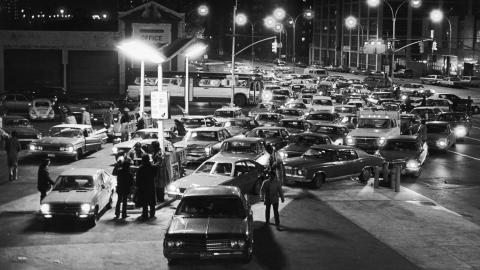The attack on Israel on the 50th anniversary of the Yom Kippur War should remind us of another anniversary: the 1973 Arab oil embargo. The war began on Oct. 6, and the Organization of the Petroleum Exporting Countries cut production and raised prices on Oct. 17. By the end of the embargo in March 1974, the global cost of oil had climbed nearly 300%. Service-station lines and “out of gas” signs became a feature of American life. The White House had ration cards printed in secret (fortunately never used), and President Richard Nixoncontemplated military action to seize oil fields in Saudi Arabia, Kuwait and Abu Dhabi.
The oil shock of October 1973 is the story of America’s surrendering its energy independence, with dangerous consequences. It has disturbing parallels today. In 1960 America imported only 10% of the oil it consumed. But as demand and costs of domestic production rose, imports became cheaper. By 1973, on the eve of the crisis, total oil imports had reached 34% of consumption, much of it from an increasingly volatile Middle East.















